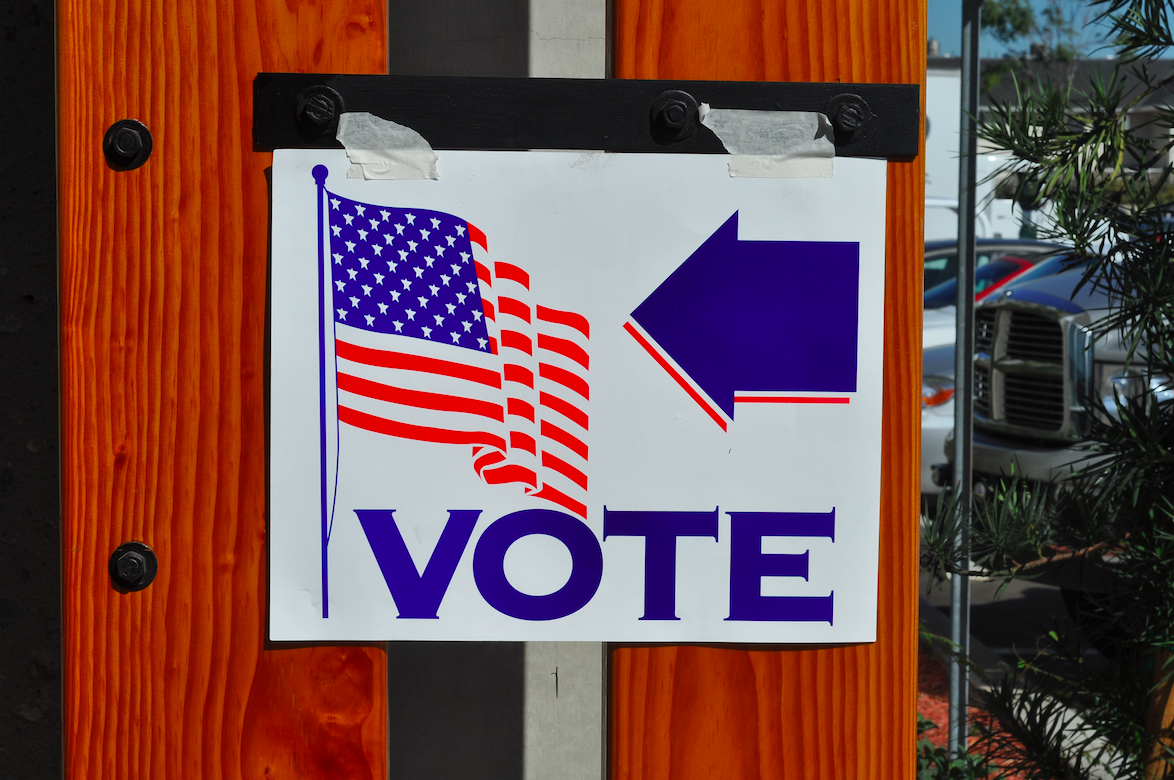On November 3, Americans will elect thousands of offices up and down the ballot, including the presidency, 35 seats in the U.S. Senate, all 435 seats in the U.S. House, 11 governorships, and 5,875 seats across 86 state legislative chambers. Ballotpedia has identified the top 15 races we’ll be watching (the presidential election aside), listed alphabetically and by race type.
These elections were selected by members of Ballotpedia’s editorial department based on past election results, unique election-specific circumstances, and race ratings published by elections forecasters. We selected a mix of federal and state races.
- U.S. Senate election in Georgia: Incumbent David Perdue (R) faces Jon Ossoff (D) and Shane Hazel (L). If no candidate wins more than 50% of the vote, the top two finishers will advance to a runoff on January 5, 2021. Depending on the results of other Senate elections, such a runoff could end up determining control of the chamber.
- U.S. Senate special election in Georgia: Incumbent Kelly Loeffler (R), who was appointed to the Senate following Johnny Isakson’s (R) retirement, faces 20 challengers in this special election for the remainder of Isakson’s term. Special Congressional elections in Georgia do not have primaries, meaning every candidate advanced directly to the general election. The polling and fundraising leaders are Loeffler, Doug Collins (R), Matt Lieberman (D), and Raphael Warnock (D). Like the other Georgia Senate election, this race will advance to a runoff unless one candidate wins more than 50% of the vote.
- U.S. Senate election in Iowa: Incumbent Joni Ernst (R), Theresa Greenfield (D), Rick Stewart (L), and Suzanne Herzog (I) are running for one of Iowa’s seats in the U.S. Senate. Iowa has been contested political territory in recent elections; its total of 31 Pivot Counties (which voted for Barack Obama (D) in 2008 and 2012 and Donald Trump (R) in 2016) is greater than that of any other state.
- U.S. Senate election in Kansas: Barbara Bollier (D), Roger Marshall (R), and Jason Buckley (L) are running for the U.S. Senate seat left open by Pat Roberts’ (R) retirement. Bollier, a state legislator who left the Republican Party in 2018, would be the first Democrat to win election to the U.S. Senate since 1932.
- U.S. Senate election in Maine: Incumbent Susan Collins (R), Sara Gideon (D), and five other candidates are running for one of Maine’s U.S. Senate seats. This election will use ranked-choice voting, a system where voters rank candidates in order of their preference rather than voting for one.
- U.S. Senate election in North Carolina: Incumbent Thom Tillis (R), Cal Cunningham (D), Kevin E. Hayes (Constitution Party), and Shannon Bray (L) are running for one of North Carolina’s seats in the U.S. Senate. Tillis would be the first incumbent to successfully win re-election to this seat since Jesse Helms (R) in 1996.
- California’s 25th Congressional District: Incumbent Mike Garcia (R) and Christy Smith (D) are running in this Los Angeles-area U.S. House district. Katie Hill (D) flipped this district in 2018 before resigning the next year amid allegations of an extramarital affair. In the May 2020 special election, Garcia defeated Smith to flip the district back, becoming the first Republican to flip a U.S. House district in California since 1998.
- Georgia’s 7th Congressional District: Carolyn Bourdeaux (D) and Rich McCormick (R) are running for this suburban Atlanta district, currently represented by retiring incumbent Rob Woodall (R). Bourdeaux was the Democratic nominee in 2018 when she lost to Woodall by a 433-vote margin; the narrowest of any U.S. House race that year.
- Minnesota’s 7th Congressional District: Incumbent Collin Peterson (D), Michelle Fischbach (R), and Slater Johnson (Legal Marijuana Now Party) are running in this western Minnesota district. Donald Trump (R) won this district 62% to 31% in 2016, his largest margin of victory in any House district currently represented by a Democrat.
- New Mexico’s 2nd Congressional District: Incumbent Xochitl Torres Small (D), Yvette Herrell (R), and Steve Jones (I) are running for this southern New Mexico district. This is one of 56 U.S. House rematches in 2020; Torres Small and Herrell were their party’s nominees in 2018. That year, Torres Small defeated Herrell 51% to 49%.
- South Carolina’s 1st Congressional District: Incumbent Joe Cunningham (D) and Nancy Mace (R) are running for this southeastern South Carolina district. Cunningham became the first Democrat elected from the district since 1978 when he first won election in 2018. President Trump defeated Hillary Clinton (D) 54% to 40% in the district in 2016.
- Utah’s 4th Congressional District: Incumbent Ben McAdams (D), Burgess Owens (R), and John Molnar (L) are running for this suburban Salt Lake City district. McAdams defeated incumbent Mia Love (R) to win election in 2018. His 694-vote margin of victory was the narrowest in any U.S. House election that resulted in a flipped seat that year.
- Governor of North Carolina: Incumbent Roy Cooper (D), Dan Forest (R), Al Pisano (Constitution Party), and Steven DiFiore II (L) are running for governor of North Carolina. Cooper defeated incumbent Pat McCrory (R) 49.0% to 48.8% in 2016, the same year Donald Trump (R) defeated Hillary Clinton (D) 50% to 46%.
- Washington Secretary of State: Incumbent Kim Wyman (R) and Gael Tarleton (D) are running for Washington Secretary of State. The secretary of state, which serves as Washington’s chief elections officer, is one of two statewide offices currently held by Republicans. Tarleton would be the first Democrat elected to the office since 1960.
- Michigan Supreme Court: Seven candidates are running for two seats on the seven-member Michigan Supreme Court. Currently, the court is comprised of four members appointed by Republican governors and three elected after winning a nomination from the Democratic Party. One Republican-affiliated and one Democratic-affiliated seat are up, meaning the elections have the potential to tilt the balance on the court.
Additional reading:


